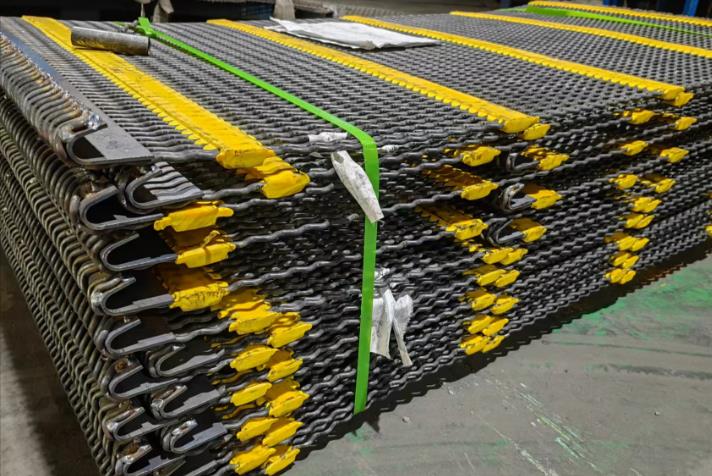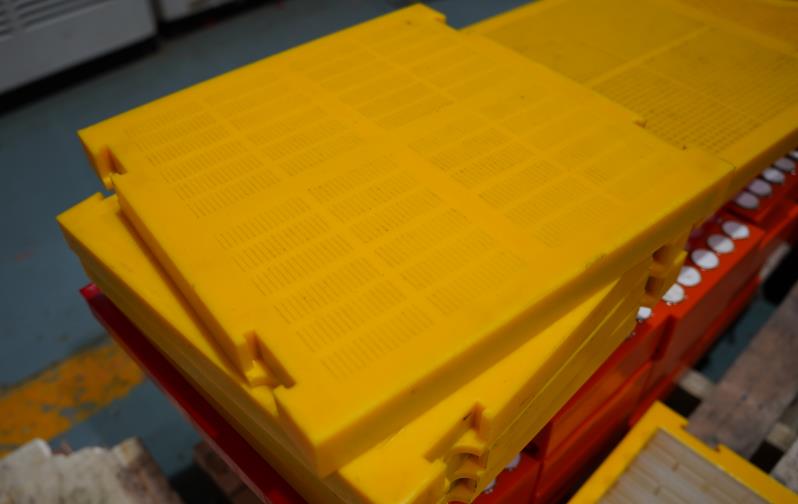What is the basis for selecting polyurethane sieve plates?
The prospects of polyurethane sieve plates are unlimited They can not only transport materials but also screen materials Polyurethane sieve plates must be wear-resistant because friction will occur with the sieve plates during material transportation
The prospects of polyurethane sieve plates are unlimited. They can not only transport materials but also screen materials. Polyurethane sieve plates must be wear-resistant because friction will occur with the sieve plates during material transportation, and some materials are even corrosive. Therefore, polyurethane sieve plates must not only be wear-resistant but also have certain corrosion resistance. The working efficiency under water medium will be higher than usual, because the moisture resistance of polyurethane sieve plates is also very good. When working underwater, the friction coefficient between the materials will be reduced, which is more conducive to screening, and can also avoid the adhesion of small particles causing the sieve plate to block the holes.

Where to look when buying polyurethane sieve plates?

1. Look at the sieve holes. The size of the sieve holes of high-quality sieve plates is uniform and meets the corresponding standards;
2. Look at the opening rate. The opening rate directly affects the screening efficiency of the polyurethane sieve plate, which is directly linked to its output.
3. Look at the connection: The connection method of the polyurethane sieve plate directly affects the screening power.
4. Check the rigidity and flexibility: high-quality polyurethane screens should be moderately rigid and flexible. If they are too rigid, they will break easily, and if they are too flexible, the screening efficiency will be reduced. Therefore, it is necessary to ensure that the screen does not collapse during operation and that it is not easy to break. Only then can a good screen be made.
5. Check the appearance: Whether the surface of the polyurethane screen is smooth, whether there are broken strips, burrs, and whether the color is uniform are the key to checking the quality of the polyurethane screen.
Purchasing a good quality polyurethane screen is the premise, and reasonable use is the key.



